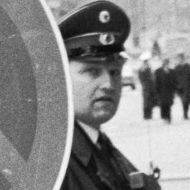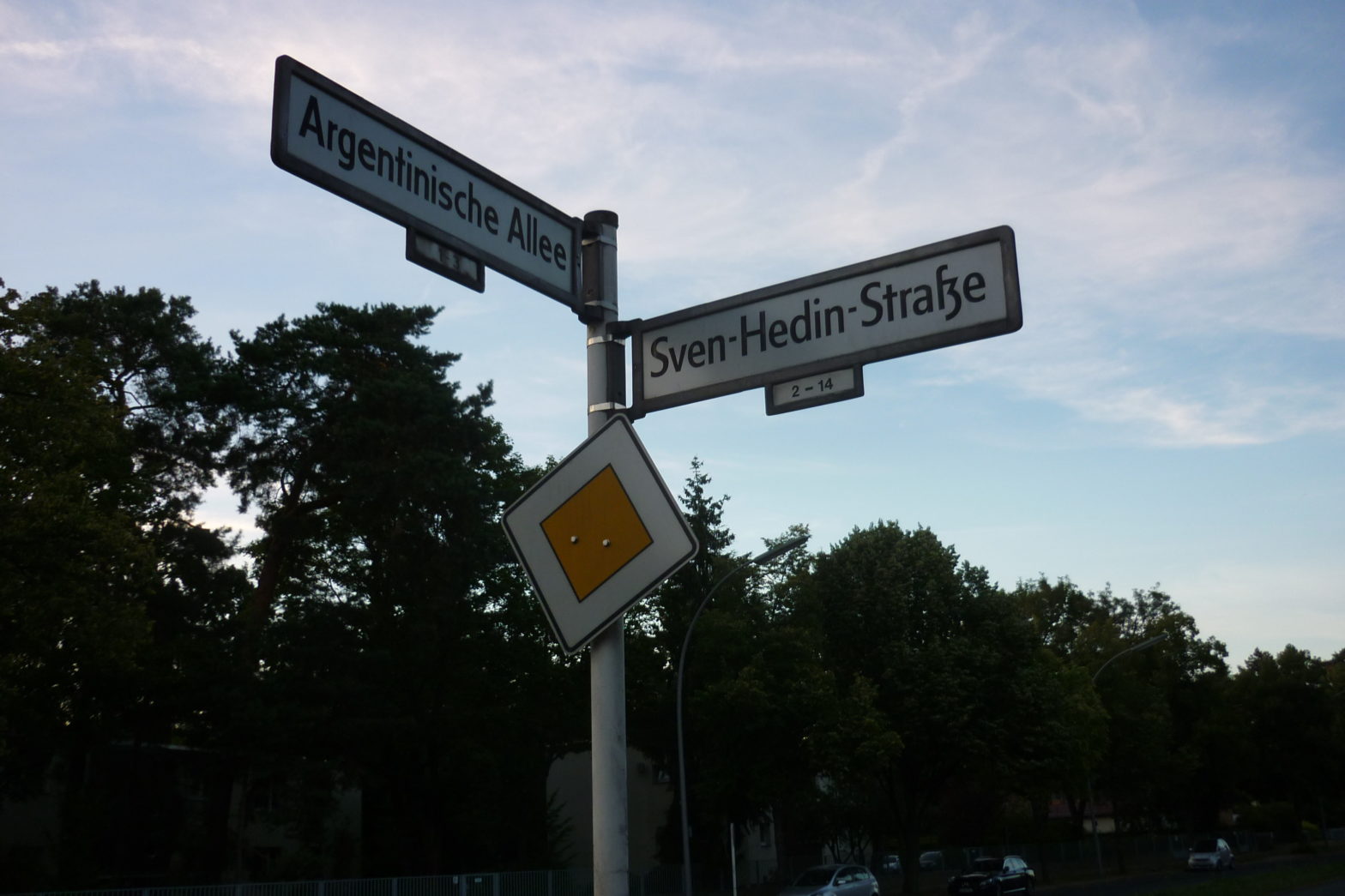“A rear echelon facility”
In 1952 the villa, now referred to as “the old Press Club” took on a new role. The three western allies had reached military agreements with their Soviet “ally” to permit a limited number of observers to operate in the Soviet Zone of Germany as Military Liaison Missions. In turn, the Soviet Military Liaison Missions were permitted to observe activities in the three Zones that became West Germany.
While officially to be headquartered in Potsdam, there were strict limits on the number of allied personnel who would be permitted across the Glienecke Bridge into the Soviet Zone at a time. And as the Potsdam mission house was to be served by East German utilities, maintenance personnel, and household staff there were security concerns. The operation grew too large for the rooms that it had begun with in the Clayallee headquarters. A need for a “rear echelon” office was identified. Sven-Hedin-Strasse 11 was on the way from U.S. headquarters to the bridge.
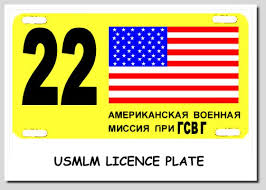
The USMLM occupied the villa until 1957 when it was relocated to Foehrenweg 19/21. Its relations with the villa continued as quarters for bachelor enlisted men.
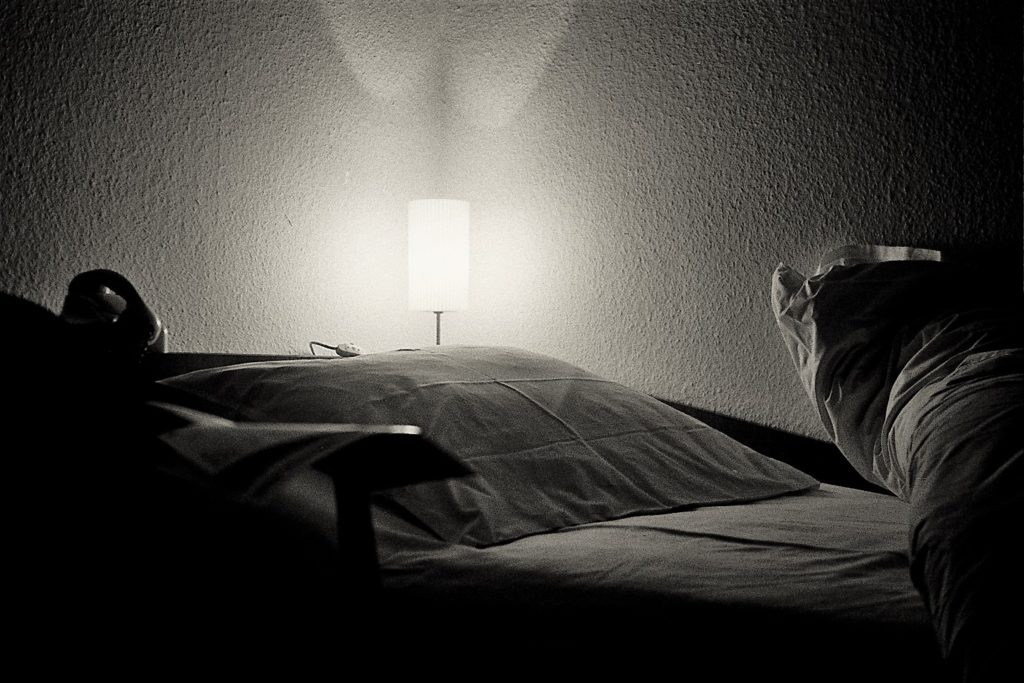
This is a recollection of memories covering Adolf Knackstedt’s second assignment to West-Berlin as a member of the 513th Military Intelligence Group, located at Camp King, Oberursel, West Germany during the following period: July 12, 1960, to December 26, 1964.
My second assignment: Again having been assigned to the 513th MI Group at Camp King, Oberursel, Germany for six months, I was further assigned to Berlin Station, to JROC(B) where I arrived on July 12, 1960. There I performed the same duties I performed during my first assignment to West-Berlin. I don’t recall if I ever was told when the move from 242 Clay Allee to Sven Hedin Strasse 11 occurred, but it must have been in 1958 or 1959. The entire first floor of this building was used by my army element. Walking through the main door into the building there was an additional frosted glass door leading into a large room which was used by our administrative element. At the end of that room was another frosted glass wall. Behind this frosted glass wall our commander, LTC Gordon Ross and his deputy commander, Captain Steward, had their desks. For a short time I worked out of a side office on the first floor. In the basement of the building were living facilities where I stayed for a short time until finding living commendations on the economy. I never made it up to the second floor of the building knowing, those offices belonged to other American intelligence agencies.
E-mail message to R. W. Rynerson on July 17, 2022.
Sven Hedin Strasse 9. At my arrival at Sven Hedin Strasse in July 1960, a new building was well under construction on the property’s tennis court, later to be known as Sven Hedin Strasse 9. This “L” shaped one story elongated building with a cellar, we moved into about the same time the Berlin-Wall began to be erected (August 13, 1961).
Here are some memory bits which may assist you in your research endeavor:
a. During both of my assignments to the above mentioned intelligence center locations, none were identified as “Safehouses,”
b. At no time were refugees or GDR border guards or NVA defectors quartered in these facilities. As long as they were our guests, they were accommodated at hotels located near Mexico Platz and at the Potsdamer Strasse near the Zehlendorf S-Bahn Station. Even the highest NVA defector “LTC Loeffler at that time, his family members and relatives were billeted at one of these hotels. I know, I was in charge of the “Health and Welfare” of those refugees and deserters while under our control in West-Berlin.
3. Both facilities, 11 and 9 Sven Hedin Street, were primarily operated by the army element under the command of army lieutenant colonels. Other intelligence agencies used these facilities on limited basis but that was it. And there were no British or French representations. There was nothing what could be recognized as “Joint.”
4. The outside of the JROC(B) facility was guarded at night by the German Labor Force, with an American “Duty Officer” and “CQ” located inside of the building after duty hours.
5. After moving from Sven Hedin Strasse 11 to 9, I never did see any activities ongoing at Sven Hedin Strasse 11, which indicated that the building was being used for billeting non-intelligence personnel. I spent so many “CQ’s” at this complex, not seeing cars parked in the parking lot with the exception of my car and our duty cars.
E-mail message to R. W. Rynerson on July 17, 2022.
So the land at No. 9 that had been a tennis court and then became a parking lot for USMLM vehicles now became the site of a modern office building for JAROC (B). A Post Engineer’s drawing provided on the website Berlin-Brigade.com shows the new set-up. The villa at No. 11 is on the right.
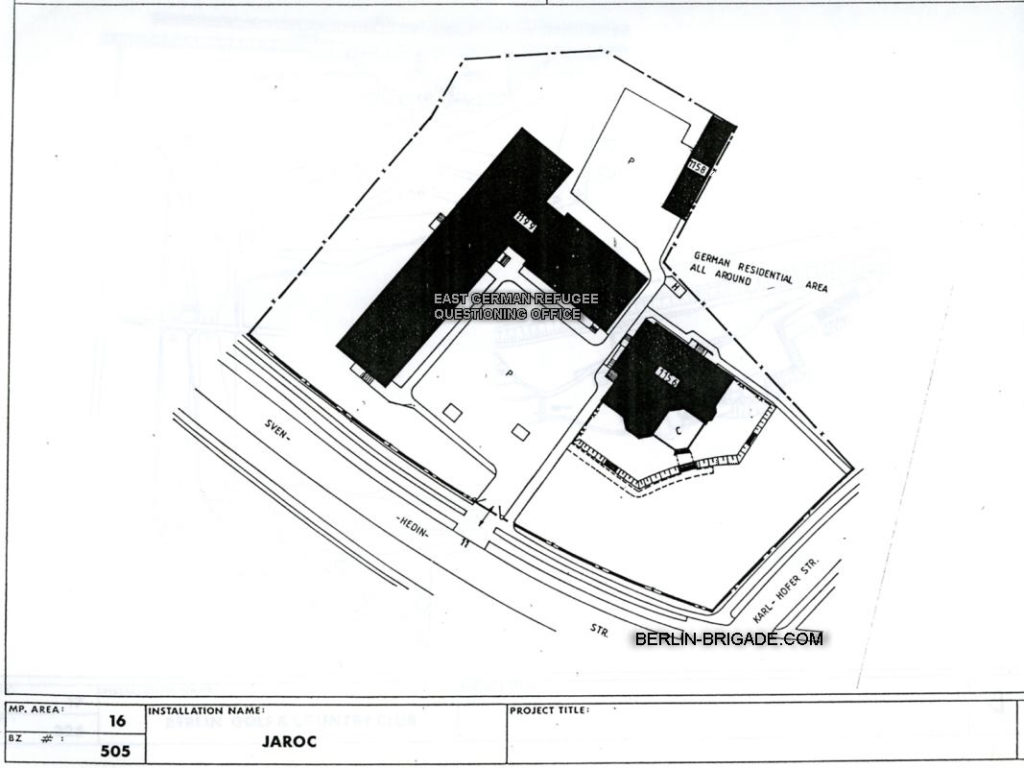
JAROC veteran Arik Komets provided the following information:
During the time of the Cold War, everything relating to JAROC(B) was shrouded in a veil of secrecy. This was for understandable reasons, as this military unit was an intelligence unit. The mission of this unit was to screen all arrivals to West Berlin, who had arrived from Communist controlled countries and who had resided there for more than 90 days. This screening operation was carried out at the Marienfelde Refugee Center. All three western allies participated in this screening process. Those arrivals who had information of intelligence value were subsequently debriefed at locations in Zehlendorf (US) [Sven-Hedin-Strasse 11], Charlottenburg (UK), and Reinickendorf (FR).
In the years that MRC was in operation an estimated 1.5 million refugees were thus processed by the Allies. Approximately 1.35 million of these were East Germans. The remainder were nationals from over 70 different countries who had spent some time in communist countries (ethnic Germans from Poland and the Soviet Union, Ethiopian students from the Soviet Union, etc.)To document the arrival of these refugees a small museum was established in 1993 at MRC. This museum displays the history of the camp, the processing of the arrivals, to include their processing at the Allied Screening Office, and their subsequent resettlement in West Berlin and West Germany.
in Berlin Observer, Issue 10, December 2000.
For more information on refugee programs:
https://www.stiftung-berliner-mauer.de/en/marienfelde-refugee-center/historical-site/museum
In December 1969 renovation of the basement of the JAROC building at Sven-Hedin-Strasse 9 for a photo lab to be used by the USMLM was begun. A new resident quartered in the villa included SP4 Roland Anctil, who had re-enlisted as a photographer for the USMLM. Ironically, this writer had been his roommate in the USCOB Billets of Andrews Barracks and now we were sharing the former dining room.
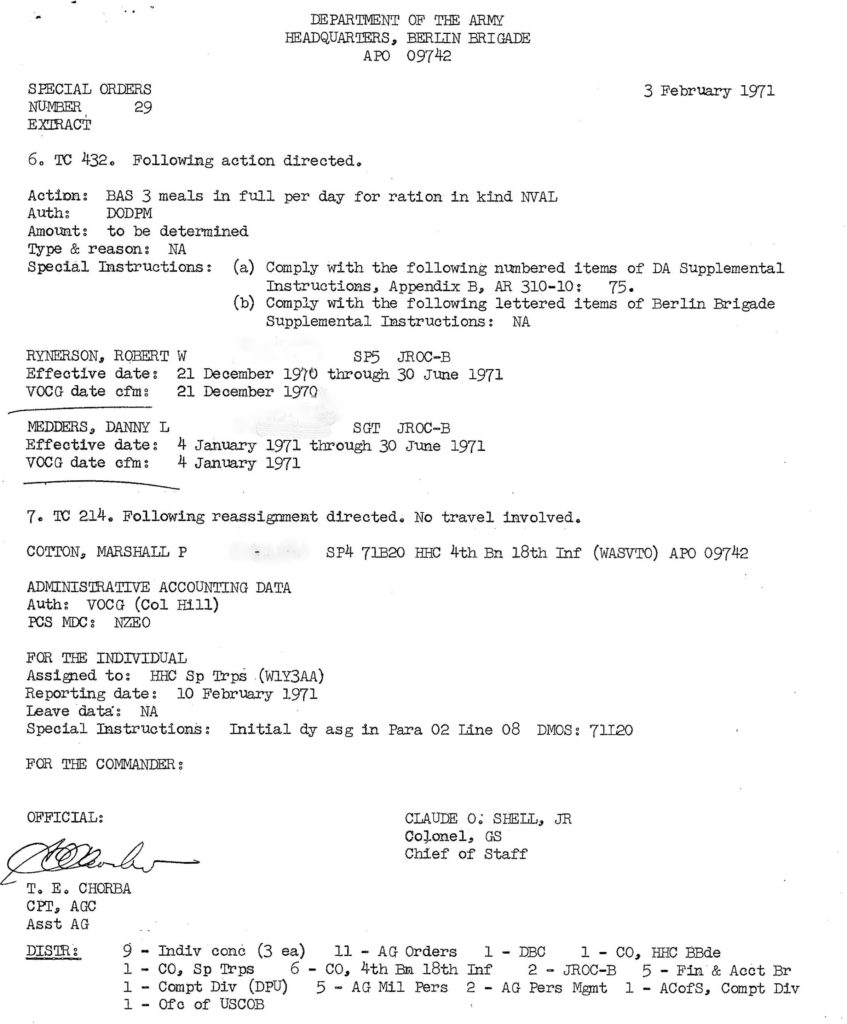
Living in the villa could be said to be a GI’s dream, or as General Eisenhower had said “Some foxhole, this.” While conditions varied through the years, at the midpoint of the Cold War the miscellaneous residents enjoyed the work of a putzfrau (cleaning lady), private rooms, a kitchen, a barbeque pit, the gardens, German postal service and home-delivered beer. As mentioned by Adolf Knackstedt, the property was watched by a guard from the 6941st Labor Service Battalion. A West Berlin policeman walked a beat outside. Inspections were rare.
It was not all roses. It was a long walk to the U-Bahn; the GDR-controlled S-Bahn was off limits. Clothes washing, dry cleaning and other PX services were some distance away. Off-peak Berlin transit riders did not seem to mind clean dress shirts on hangers arrayed on the overhead handrails of buses. Separate Rations, as authorized by the orders reproduced above, paid the equivalent of the cost of mess hall meals, not Berlin restaurant prices. The villa’s refrigerator was packed with groceries.
The library of a 1915 villa was meant to show off the owner’s taste and intellect. Sitting at the desk and fighting with the location of letters “y” and “z” on a German typewriter one could glance around and imagine the glamorous events that had taken place in the large room, though by 1970 they were only surmised in “Ami” folklore. Or one could select reading material neatly sorted by lonely soldiers:
- Western novels, authors alphabetized.
- Science fiction, authors alphabetized.
- Detective novels, authors alphabetized.
- Every issue of Playboy except the valuable, rare, Issue No. 1.
The villa was seen in GDR propaganda and neighborhood folklore as a safe house for the high-value refugees to be interviewed by the American staff of JAROC (B), but as Adolf Knackstedt recalled that was not the case in the hectic early days of the Berlin Wall. In 1970-71 there was one anonymous guest in the basement apartments [author’s recollection]. Residents of the building included JAROC enlisted men, Military Liaison Mission enlisted men, the Commanding General’s enlisted aide (and tennis pro), people on special projects, and some tough-looking Americans who never introduced themselves. The latter were heard complaining about having to travel to Vienna and Helsinki, staying in five-star hotels, to assist with security for the arms limitation talks (SALT). They garnered little sympathy.
On warm summer days the barbecue was put into service and after work the multinational community of intelligence professionals enjoyed an American custom. Without being asked, they set aside a serving for this writer, who kept odd hours.
[1947 to 1971 to be continued in the next page]
